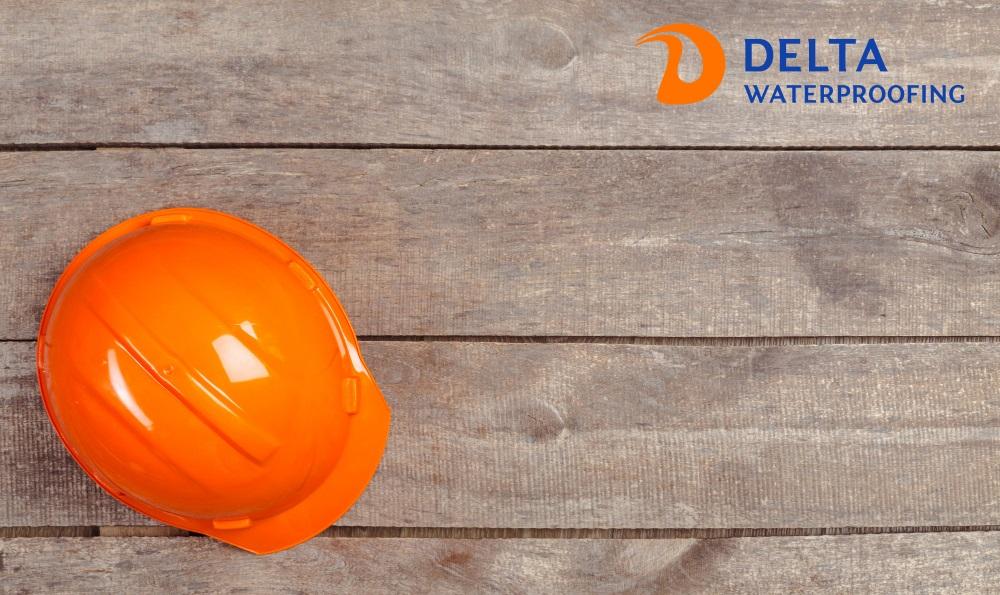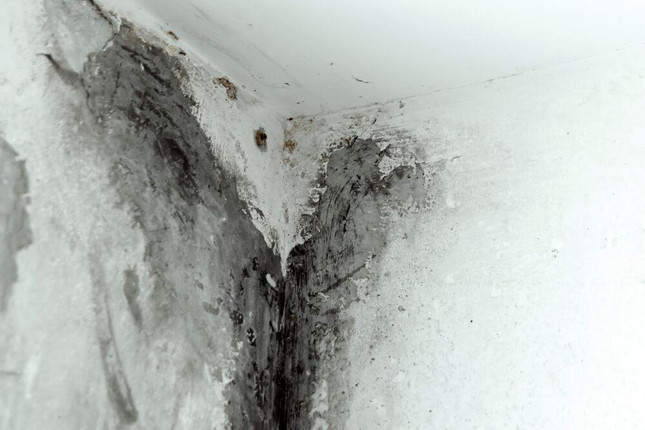
Welcome to your comprehensive guide on effective waterproofing!
For those ready to tackle this challenge head-on, we’ve crafted this guide brimming with effective waterproofing solutions. These strategies will not only arm you against water damage but also help halt mold in its tracks.
So, why should homeowners prioritize this issue? It’s simple. Water can be an insidious enemy, seeping into your home’s foundations, basements, and roofs causing extensive damage over time. The results can include everything from structural instability to the growth of health-hazardous molds.
Let’s take the first step together towards securing your home and ensuring a healthier living environment for you and your loved ones.
Understanding the Impact of Water on Your Home
Water damage is a serious problem for homes as it can cause a lot of harm to the structure. One area that is especially at risk is the home’s foundation. Whether it’s from a crack in the wall, sinking due to erosion, or expanding from freezing and thawing, water can cause major issues with the foundation.
Here are some signs that you might have moisture problems:
- Damp spots on walls or ceilings
- Peeling paint or wallpaper
- A musty smell in certain areas
These signs could indicate problems like poor ventilation, insufficient insulation, leaks in pipes or roofs, or high humidity levels.
Water damage doesn’t just cause physical harm either. It can also create health hazards for people living in the house. Here are two potential dangers:
- Mold growth: Mold loves damp environments and can quickly spread if it’s not taken care of. Not only does it damage building materials, but it can also lead to respiratory issues and allergies.
- Health risks: Dampness encourages the growth of dust mites and bacteria, which can trigger allergic reactions and asthma attacks.
Understanding how water affects your home is important for finding the right solutions to keep it safe and dry. In the next sections, we’ll explore different methods for waterproofing both the outside and inside of your house.
1. Exterior Waterproofing Techniques
Exterior waterproofing is the first line of defense against water seepage into a home. It prevents water from damaging the foundation and interior spaces. Here are some ways to make sure your home stays dry and strong:
Drainage Systems
Installing effective drainage systems is crucial for managing water flow around a property. Here are two options:
- French Drains: These are trenches filled with gravel or rock containing a perforated pipe directed away from the house. They capture groundwater and surface water, directing it away from the foundation.
- Gutter Extensions: Downspouts should extend at least five feet from the house to prevent rainwater from pooling around the foundation.
By using these exterior waterproofing methods, homeowners can greatly reduce potential moisture problems and protect their homes from the weather.
2. Interior Waterproofing Methods
When water enters a home, it’s important to address the issue from the inside. This is where interior waterproofing comes in handy. It’s especially useful for areas like basements and crawl spaces that are prone to moisture problems.
How does interior waterproofing work?
Here are some effective methods used for interior waterproofing:
- Sump Pumps: These pumps are installed in the lowest part of a basement or crawlspace. They automatically turn on when water accumulates, pumping it away from the foundation. A good sump pump should be able to handle large amounts of water and work reliably even during heavy rainstorms or snowmelt.
- Sealants and Waterproof Coatings: Applying sealants to walls and floors is a proactive step you can take. These coatings help seal up any cracks or gaps, preventing water from seeping in.
Pro Tip: If you have concrete surfaces with small cracks that aren’t structurally significant, using epoxy injections can provide an extra layer of protection against water leaks.
By combining these different methods, you can create a strong defense system against indoor water damage. This will help keep your home dry, safe, and comfortable for years to come.
Preventing Mold Growth through Effective Waterproofing

When water damage occurs, it creates an ideal environment for mold to thrive. Uncontrolled moisture in areas like basements or crawl spaces can result in the rapid development of mold and mildew. It’s crucial to take immediate action and dry out the affected areas promptly to prevent extensive mold growth.
Steps for Safe and Effective Mold Removal
If you’re dealing with existing mold problems in your home, here are some steps you can take for safe and effective mold removal:
- Equip Yourself: Always wear protective gear, including gloves, a mask, and eye protection.
- Isolate the Area: Seal off the area to prevent the spread of mold spores to other parts of your home.
- Remove Contaminated Materials: Carefully dispose of materials that have been infested by mold.
- Clean and Disinfect: Thoroughly clean the area using a mild detergent followed by a mold-killing solution.
- Dry Out the Area: Completely dry off the area to prevent further mold growth.
By implementing effective waterproofing measures and maintaining good indoor air quality, homeowners can significantly reduce their risk of mold growth.
In Closing
Protecting your home through effective waterproofing solutions is crucial for maintaining its structure, value, and indoor air quality. Water damage can be extensive, so it’s important to address moisture problems promptly. Each property is unique, so it’s essential to choose the right waterproofing method.
Contact us today for a free estimate on your waterproofing needs.
